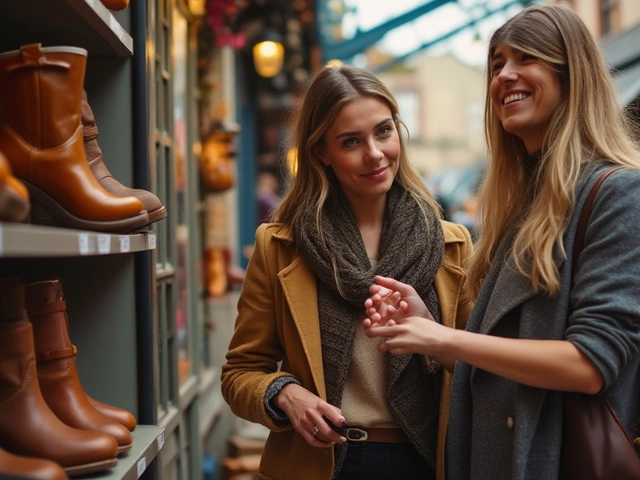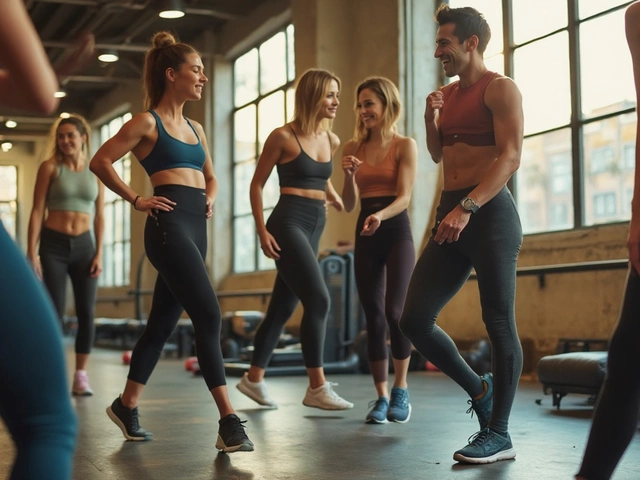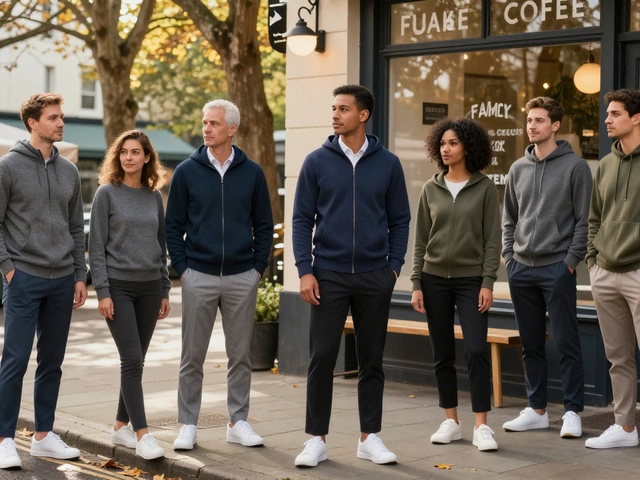Do Americans Say Slippers? US Slipper Terminology Explained
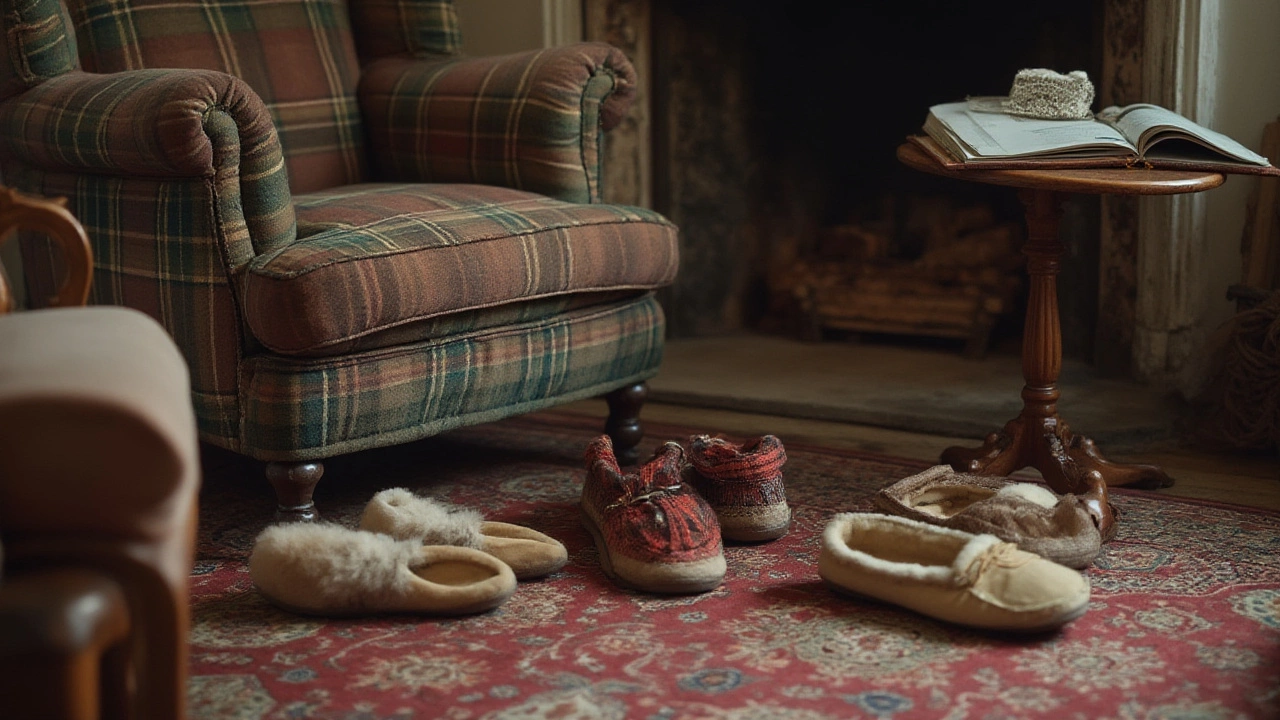
- Cleo Fairchild
- 5 July 2025
- 0 Comments
"Slipper"—seems so innocent, right? But ask a group of Americans what they call the shoes you shuffle around the house in, and you'll probably get a mix of answers that could spark a minor identity crisis, or at least a few laughs. There's this odd moment of confusion, especially if you grew up watching movies out of the UK, where everyone seems to know exactly what slippers are. Yet, say "slippers" in a New York apartment or a Texas ranch, and you might get a blank stare or a totally different label tossed back at you. It feels like such a simple word, but it's surprisingly slippery thanks to American English, with its regional quirks and borrowed phrases. Seems like you can't even relax at home without stepping on a tiny language minefield.
How Americans Really Call Their House Shoes
Americans do say "slippers," but it's not as universal as you might think. In fact, how people refer to their cozy indoor shoes changes from region to region, household to household, and sometimes even generation to generation. Growing up in the Midwest, you might hear them called "house shoes"—a term that stretches back a few generations and still sticks around in states like Texas, Oklahoma, and parts of Georgia. The phrase "house shoes" almost sounds like something your grandma would say. In fact, that’s pretty much where it comes from. If you ask folks in Chicago or Memphis, they’ll tell you house shoes are a big deal—it's a nod to keeping your fresh kicks clean while switching to something comfier indoors.
On the coasts, though, you’ll find "slippers" works just fine. Head to New England or California, and someone offers you slippers when you step in with shoes on. Kids say slippers, old-timers too, and big retailers label their fuzzy, slip-on wear the same way. "Slippers" even shows up in commercials, gift guides, and dedicated shelves at Target and Walmart, especially around the holidays. But in the South and Midwest, people genuinely use the phrase "house shoes" as part of daily life. Go to a friend's place in Atlanta, and you could be politely asked to "take off your sneakers and put on some house shoes." Sometimes the term is even more specific: for example, "bedroom slippers" pops up in Arkansas or Mississippi—a nod to where those slip-ons mostly live in the house.
The wildest twist? In some cities, especially among certain groups, "house shoes" might even mean a specific type of comfy street sneaker (like the infamous black Nike slides, a.k.a. "Nikes house shoes" in Memphis). It’s a tiny linguistic rabbit hole that most people don’t even think about—until someone corrects you, or you see the term pop up in a sitcom and everybody but you seems to be in on the joke. There are even times where you might hear "mules," especially for fancier, backless or wool versions, but that’s more of a fashion term than a day-to-day piece of vocabulary.
The US is such a patchwork of traditions, accents, and borrowed words, it’s no surprise we can’t even agree on what to call what we wear at home. Yet, if you ask someone in Philadelphia or Seattle what they put on their feet after coming home from work, they’re probably going to default to "slippers." But if you wander into Houston or Nashville and say the same thing, prepare for side conversations about house shoes, or even some storytelling about why shoes inside the house are kind of a big deal (and not always in a good way). Sometimes the words feel nearly interchangeable—try bringing it up to a group and watch the debate spiral off into stories about slippery stairs, winter mornings, and mom’s rules about "not tracking mud everywhere."
Why the Word “Slippers” Feels Different in America
If you grew up loving Harry Potter movies or Miss Marple mysteries, you’ve probably noticed that Brits use "slippers" for any kind of soft, indoor shoe. In the US, that’s not always the case. Americans do use "slipper"—especially in commercials and on product packaging (because brands want you to know what you’re buying). But day-to-day, it can feel kind of old-fashioned or even a little fancy, depending on where you live. Try going around Boston or Los Angeles, and you’ll find most people can agree on what a slipper is. But in Detroit, Miami, or Dallas, the term might spark confusion or a longer chat about the differences between fuzzy slippers, hard-soled slippers, or clogs.
Some of this comes from America’s mash-up culture. Most folks here trace their roots to everywhere: Europe, Asia, Latin America, Africa—the works. Each culture has its own home habits and slippers get pulled into the mix. For some, it’s all about the Japanese tradition of removing shoes and changing into indoor sandals or slippers (Uwabaki). For others, the phrase comes straight from their grandma’s German or Italian habits. There are areas—especially in immigrant-heavy neighborhoods—where no one says "slipper" at all; they use words like "pantuflas" (Spanish) or "zapatillas" (Filipino).
It gets even weirder: Sometimes "slipper" isn’t just about what you wear, but how you wear it. In families where taking off your shoes before entering the house is a must, slippers are an essential part of the daily routine. But for folks who never really got into the habit—especially in places where indoor/outdoor living is more common, like California or Florida—the idea of special indoor-only footwear can feel unnecessary or even confusing. Some people just walk around the house in socks, or even barefoot, and only buy slippers as a holiday gift or during a chilly winter spell.
There is always a little bit of a generational twist. Your mom might insist on a matching, fleecy pair just to keep your toes warm, while your dad—he might just shuffle around in old sneakers or wear nothing at all. Lifestyle magazines and social media blur things even more, with Instagram stars pushing bougie brands that reinvent slippers as fancy "house mules" or "lounge clogs" (yes, those are real terms). In the end, there’s no single right answer, and the word "slippers" lands differently in every household. So yes, Americans do say slippers—it just depends on which American you ask, and on what kind of day.
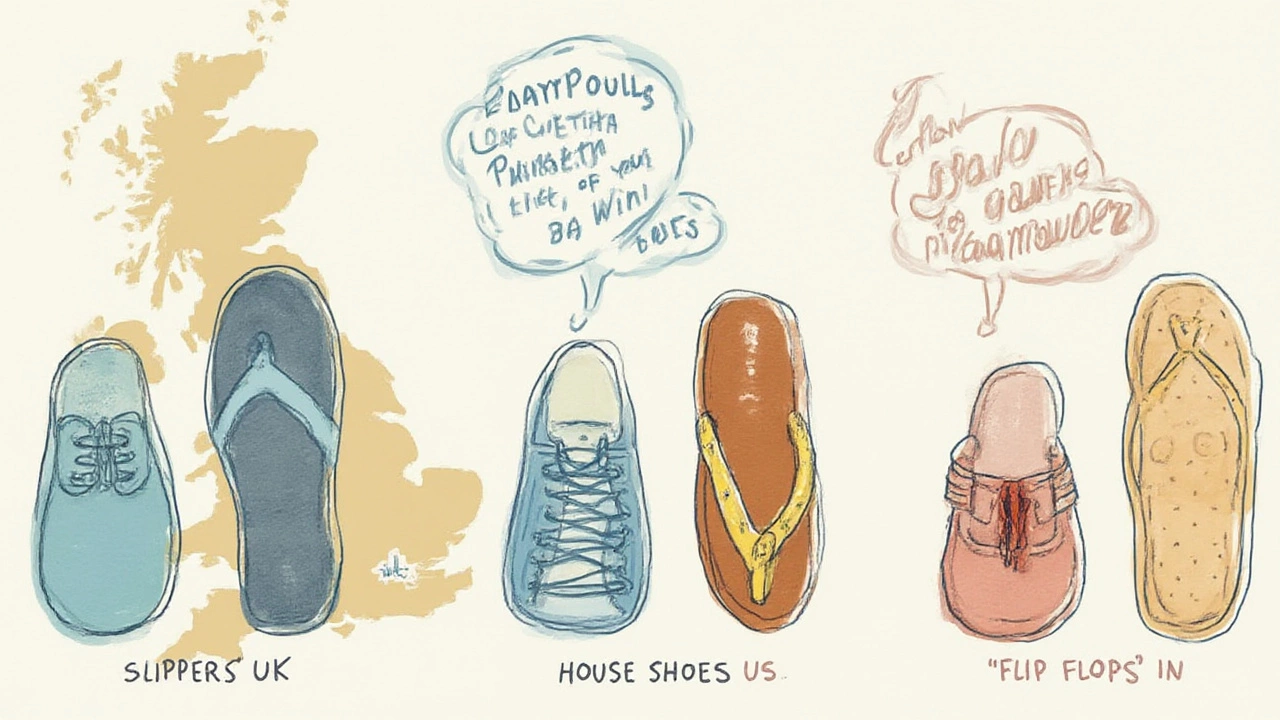
“House Shoes” and Other Slipper Slang
Okay, here’s where it gets even more interesting. Beyond just “slippers,” there’s a whole universe of other names Americans use for house shoes. “House shoes” is probably the most common alternative, especially in the southern states and Midwest. It’s not just something people say—they mean it! You can go on Amazon US or walk into a big-box store and you’ll see “house shoes” right on labels. On TikTok and Twitter, you’ll spot memes and jokes about dads loving their house shoes, never letting them touch outdoor pavement. The word feels more casual, maybe even a little homey and comforting—and it gives an immediate vibe: you’ve arrived, now chill.
Then you have outliers like “bedroom slippers,” which still show up, especially from elders or in small towns, but feel a little retro. The phrase “slides” pops up for open-toe, slip-on sandals—think of those Adidas or Nike pool shoes that people now wear inside (and, often, everywhere). Some folks treat “slides” as their house shoes, but not everyone would call those slippers. Then you hear “flip-flops” being used for quick runs around the house, especially in warm states like Hawaii or Florida, but flip-flops aren’t really slippers to most Americans—they’re strictly beach or summer shoes.
Let’s not leave out the world of regional slang and niche subcultures. In hip-hop scenes in the South or Midwest, “house shoes” might be code for a certain type of all-black, never-worn-outdoors sneaker. Meanwhile, Alaskans or Minnesotans dealing with long winters will argue for thick, shearling slip-ons being real slippers—anything less and your toes will freeze. Kids’ versions get called “bunny slippers,” “booties,” or “fuzzy monsters.” And every holiday season, grandmas knit “slipper socks”—thick, woolen hybrids with grips that doctors swear by for hospital patients across the country. Then there’s “clogs,” “moccasins,” and endless brand names—each with their defenders and haters.
Brands bend the language however they want. UGG sells “scuffette slippers,” Dearfoams pushes “memory foam house shoes,” and even smaller Etsy shops will market “indoor moccasins.” Search “best slippers for men in America” and you’ll get a range of styles, from classic leather mocs to shearling-lined slip-ons to boot-shaped hybrids, because the market is huge and the rules are fluid. Reviews, lists, and fashion guides all use “slippers,” but people buying might still call them something else at home. Like with so many things in America, the name isn’t as important as how something feels—and slippers, house shoes, or whatever you call them, are pure comfort.
Tips and Fun Facts for Anyone Shopping or Talking Slippers in the US
Ready to talk slippers with an American and not sound totally lost? Here are some real tips and quirky facts you’ll want on your radar. First, if you’re shopping in the US, it’s smart to search “slippers,” because that’s the label almost every big store uses online. But if you’re shopping in-person in the South or Midwest, don’t be surprised to see “house shoes” written on tags or even hear salespeople refer to them that way. If you’re ever given “slides” or “flip-flops” as house shoes in the hotter states, just smile and keep your toes cool—no one’s going to judge.
- Pay attention to local customs. Some houses (especially with Asian or Middle-Eastern roots) expect guests to remove shoes at the door. Providing “guest slippers” (yep, that’s a thing) is a thoughtful touch.
- In winter states like Minnesota or Maine, slippers mean “warmth”—shearling linings and rubber soles are standard, and family traditions of knitted or crocheted slipper socks run deep.
- Watch your step! Because “slippery slippers” are a meme and a very real hazard—especially on tile or hardwood. Americans joke about “grippy” slippers to avoid a home wipeout (seriously, it happens on sitcoms and for real).
- “Slipper socks” with rubber dots are common for kids, hospital patients, and even on long plane rides. Don’t call them “regular slippers”—the dots mean business, and nurses and parents love them.
- If you want top-notch comfort, look for memory foam insoles or brands like UGG, Minnetonka, or L.L.Bean. But if you just want something fun, novelty slipper designs (think animals, movie characters, and goofy cartoon faces) are always in style at holiday gift exchanges.
- The biggest slipper-buying month in the US? December. Slippers are a classic winter gift, and stores push them hard leading up to Christmas and Hanukkah so you’ll have warm feet by New Year’s Day.
- "Slippers" is the most common Google search term across America, but "house shoes" spikes in southern states, especially on Black Friday and during cold snaps.
So, the next time someone asks if Americans say "slippers," you’ve got the answer—and all the backstory. From New York to L.A., Houston to Minneapolis, what you call your stay-at-home shoes matters way less than the comfort they bring. Just remember, whatever name you hear—slippers, house shoes, mules, or moccasins—it’s all about that cozy, live-in feeling. And if someone corrects your wording, laugh it off and swap stories. After all, there’s nothing more American than finding your own words for comfort at the end of a long day.
